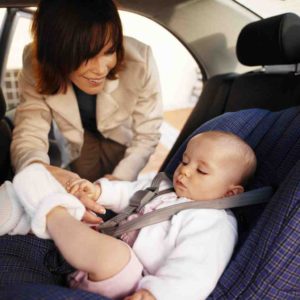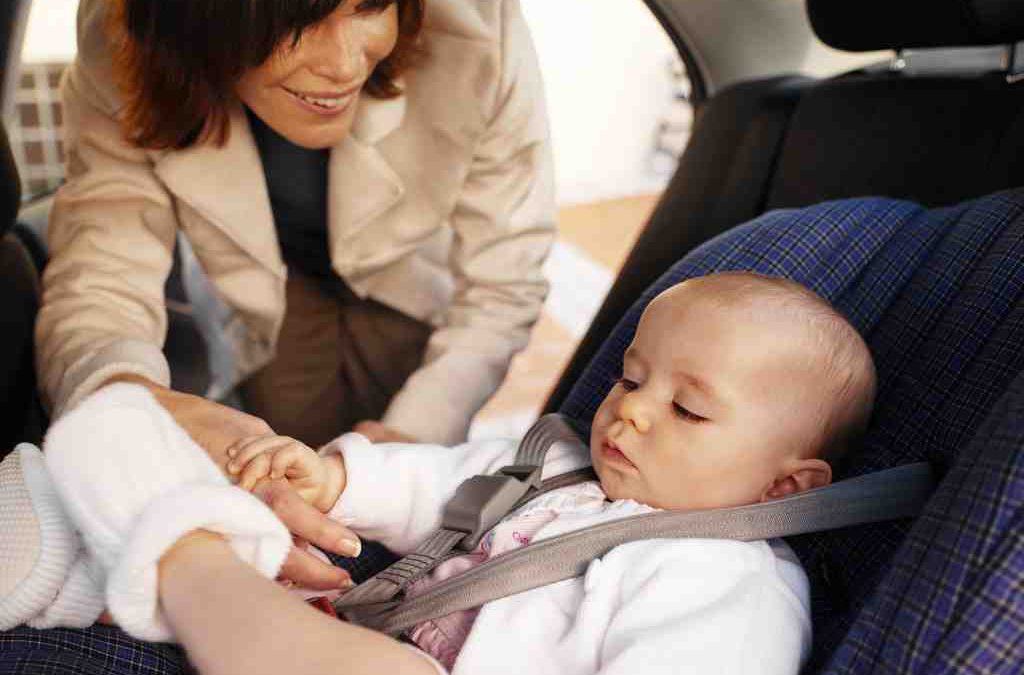
There is a huge amount of repetitive lifting performed as a Mother, possibly that equivalent to lifting a small cow or car every day. Read the last article here for more on good lifting technique. As an osteopath I have witnessed the daily demands of motherhood on my clients’ backs but having recently had my first child, I too now fully understand just how physically demanding being a mother is!
So here’s 10 great tips for you and I to remember as we take care of our little ones and as we take care of ourselves too:
- When picking up your baby or child, get as close to them as possible (drop the sides of the cot down where possible), bend your knees, keep your back straight, tighten your stomach muscles, avoid twisting and then use your thigh muscles to stand up
- Use a change table that is waist height to avoid leaning forward for all those nappy changes
- Ensure you are comfortable with correct posture whilst breast or bottle feeding your baby
- Squat or lunge down to pick up toys or pick your child up from the floor rather than bending at the waist
- Bend your knees and tighten your stomach muscles when doing any repetitive or prolonged bending (settling a baby in a cot, vacuuming, unloading a dishwasher)
- Have regular breaks to avoid muscle fatigue when doing any repetitive or prolonged bending
- Encourage toddlers to walk rather than being lifted where possible
- Take 5-10 minutes every day for a quick stretch of your lower back muscles, hamstrings, quadriceps and hip flexors
- Perform some exercise most days including a walk or strengthening exercises and do your pelvic floor exercises regularly. Read here for more about pelvic floor health.
- Sleep! Sleep! Sleep! Sleep when your baby or child sleeps and get to bed early. Sleep will assist in your recovery after birth and after a busy day!
See your osteopath or health practitioner if you experience back pain. Back pain does not have to be a ‘normal’ part of being a Mum! These are also great tips for Dads or care takers of young children!
HAPPY MOTHER’S DAY!
Article written by Dr Melanie Woollam (Osteopath)

